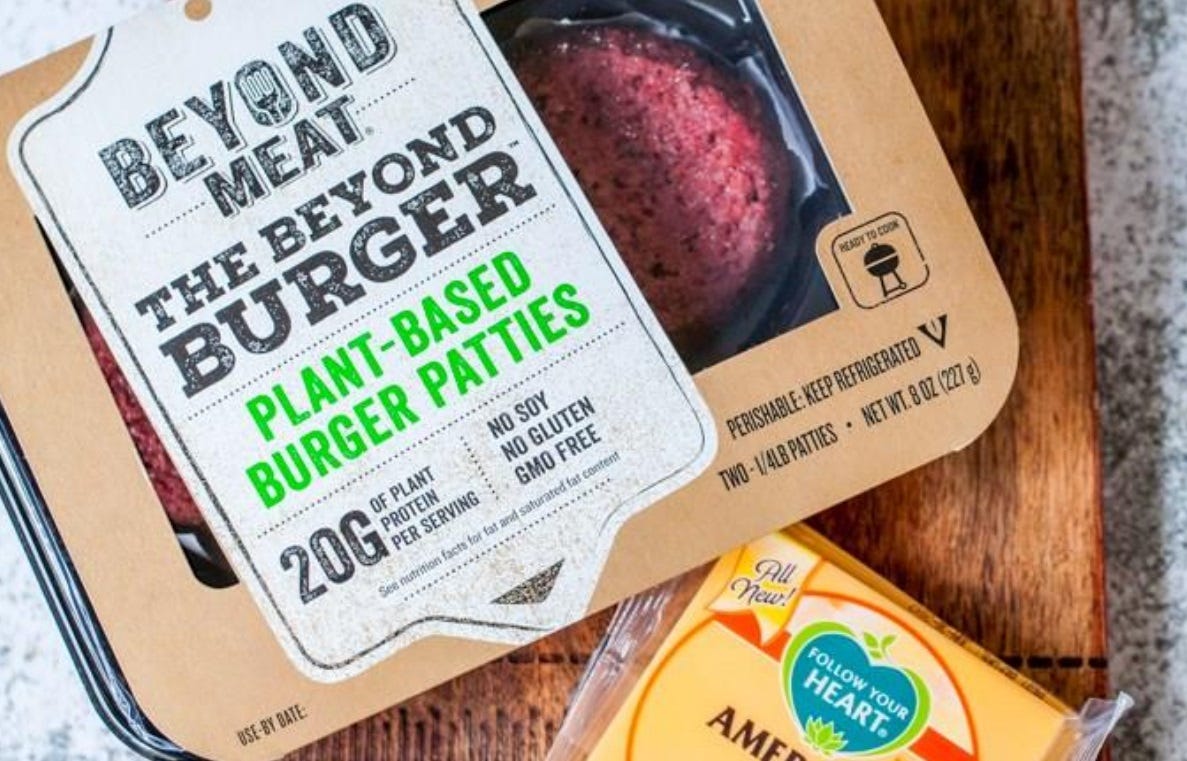Even with ambitious goals, armed with the latest nutritional information and driven by a strong willpower we often find our healthy intentions fail miserably.
We all know the vegetables are healthier than the donut but when it comes to making the right choice what we know and what we actually eat never seem to match. Not knowing why we actually eat is the problem that we will undertake in this two part series. We will find out why there is a major disconnect between our goals and our behaviors and also how to make healthier food choices, and build long-term habits.
Food Knowledge.
Why do people smoke cigarettes when cigarettes cartons disclose “Cigarettes may cause cancer” or “Smoking can kill you”? Seems outrageous but this same concept applies to those seeking to make healthier food choices. Even with nutrition facts on food packages, we still fail to choose what we know is the healthier option. Learning more about food will not help us like warnings on cigarettes doesn’t help people stop smoking cigarettes. However, understanding why we choose to eat donuts instead of vegetables will help us make healthier food choices.

Hunger is in the Mind.
Why do we eat? Hungry — right? Unless you hunt, fish, or farm your food you are not eating out of physical hunger. We have moved from our stomachs telling us we are hunger to advertising telling us to eat, and eat more! Food availability and highly accessible, ancient survival practices have faded. This shift in food scarcity to being highly accessible through convenient alternatives supermarkets, grocery stores and restaurants has changed the way we eat. We now have to mentally regulate when to eat (and in many cases when not to eat).
Making healthy food choices, removing unhealthy temptations, and maintaining goal-directed behaviors is achieved through controlling our “mental hunger”.
Replying on Shortcuts
We all know the feeling when we workout — our body gets fatigued and tired. When we are tired, our mind wants our body to use the elevator instead of stairs, drive instead of bike and relax on the couch instead of moving to conserve energy. Our brains function the same way, we overload them with thinking and information processing and they get tired. Except when our brains get tired, instead of driving or sitting, they conserve energy by using “food cues”.
Food cues function as mental shortcuts, allowing us minimize information processing to make quicker decisions. For example, you see “VEGAN” on a product packaging you don’t need to scan the ingredients for dairy or animal products. Combine our busy schedules with overwhelming amounts of food choices; you can see how valuable food cues play in our lives. Imagine having to choose one of the dozens of varieties of peanut butter brands, comparing all the nutritional facts and analyzing ingredients? Food cues allow us to make choices with analyzing all the information.

Are short-cuts ruining our choices?
Think of food cues like putting your car on cruise control except your brain goes into automatic decision mode. Unfortunately, relying on cruise control may keep you from getting a ticket but not veering off the road. Automatic food decision-making is good for making food choices but are susceptible to systematic errors that result in unhealthy food choices and eating larger portions. To make matters worse, food manufacturers specifically look for behavioral patterns in our eating to find these “systematic errors” to position their foods and advertisements to take advantage our mental laziness to drive our consumption choices.
The unfortunate truth is that businesses promote purchases that maximize their profit, which is not necessarily aligned with our health goals. Therefore it is important to know your food cues to see how your food choices are influenced.
Remove your Health Halo
You ever meet a person who you hit it off with and wanted to spend more time with but later found out you couldn’t stand them? What you have experienced is the “halo effect” which is when we take a small attribute (i.e. beautiful, funnny, kind) and make a global assumption that they are also intelligent, trustworthy, and a great friend. This halo effect is a bias in our thinking that happens with friends but with food too! We see the words “organic”, “natural”, “non-GMO”, “low fat”, — must be healthy right? Think again. This is our brain casting a “health halos” when we see a marketing claim and associating it as healthy food choice. However, what we “think” as healthy (from food cues “natural”, “organic”, “non-GMO”) and the actual nutritional value (determined by nutrition facts) does not match. Lets look at the some examples that misguide our decisions.
What do high fructose corn syrup, soy lecithin, and sugar all have in common? They are all “natural”. Well at least by government food standards they are because they come from food sources (corn and soy). Organic is another abused term that leads us to false conclusions. “Organic” regulates farming practices to prevent the use of pesticides; chemical fertilizes and synthetics when growing food. However, our minds tend to anchor “organic with healthy which can be misleading as there are “organic” versions of pretty much every junk food out there including cookies, crackers, chips, pre-packaged and canned food items. “Natural” and “organic” are only some of the common terms have been heavily studied that makes us “feel good” and “think” we are eating healthier but in actuality we are not. Disagree as you want but the facts don’t lie! That is, the nutrition facts, that many of us overlook by relying on our health halos.
What’s even worse is after we get tricked into “thinking” we are eating healthier research shows we will eat larger portions. For example, we see “low fat” we categorize dressing as healthy, and lower in calories and therefore eat larger quantities (Wansink, 2006). Marketing claims activate our health halos convincing us of healthy nutrition. Awareness of the food cues that influence our food choices is the best starting point to controlling your food choices.
The “1 Minus” technique I developed to see through marketing claims to see if the claim is worth considering. For example: If something is labeled “all-natural” then there must be “non-natural” right? No. “Natural” is marketing and lacks meaning — so discard it. Fresh fish? Would anyone want “unfresh” fish? Discard the “fresh”.
CONCLUSION
The mind works similarly to the body by finding easy ways or quick fixes to big problems, without you ever thinking about. Like we prefer to take elevators as opposed to stairs, our minds like to use different cues to inference judgments and make food decisions, whether they match your goals or not. Learning the food cues (mental shortcuts) can help autocorrect our minds autopilot function that is derailing our healthy food decision-making. Remember the easy way, just like taking the escalator instead of the stairs, is not always best for us.
Remove you health halos, remember the 1-Minus technique and stay tuned for next issue for your strategy to make better food choices.






